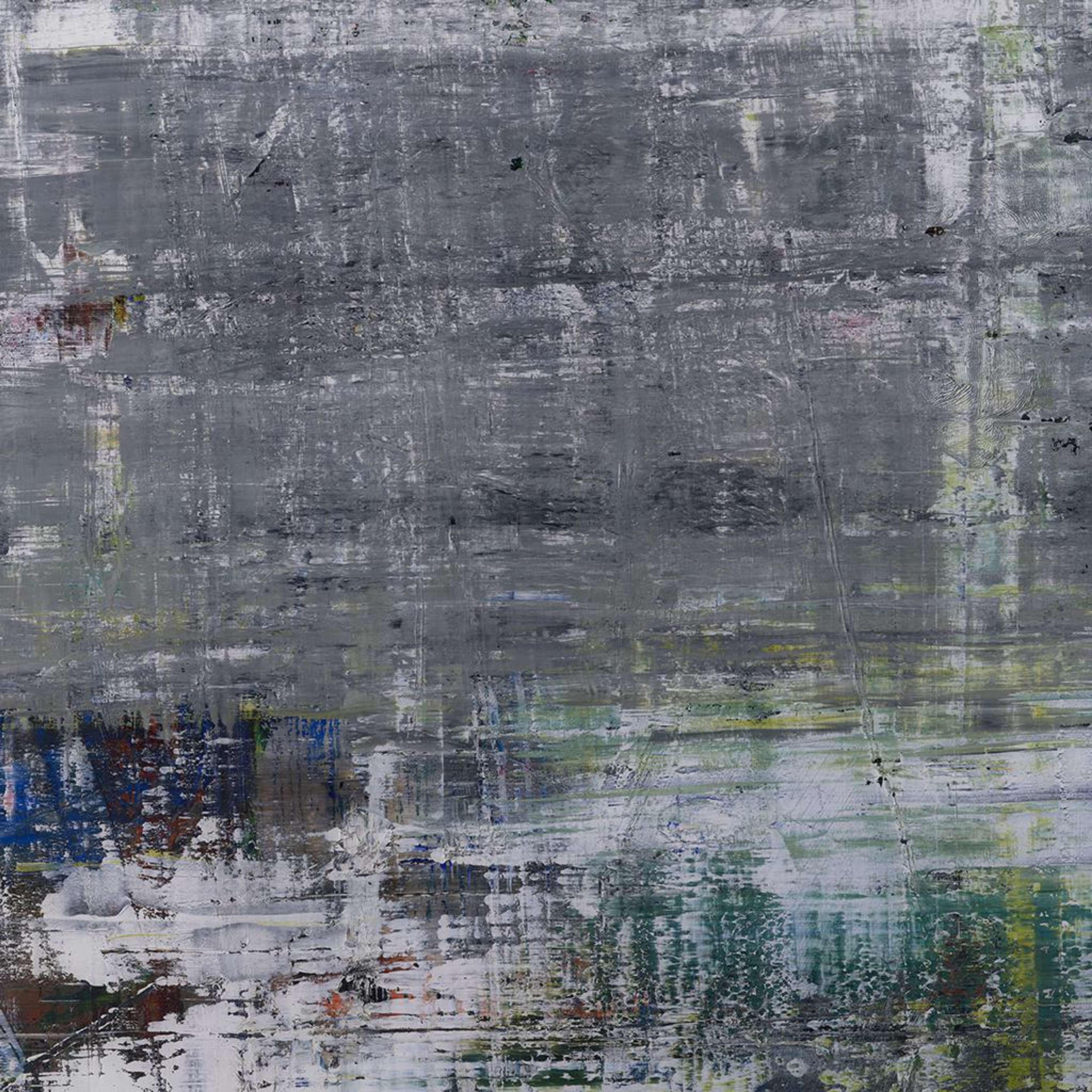
Cage (P19-3)

Cage (P19-3)
Unsigned Print
Gerhard Richter
£11,500-£17,000
$23,000-$35,000 Value Indicator
$21,000-$30,000 Value Indicator
¥110,000-¥160,000 Value Indicator
€13,000-€19,000 Value Indicator
$120,000-$180,000 Value Indicator
¥2,390,000-¥3,530,000 Value Indicator
$15,000-$23,000 Value Indicator
There aren't enough data points on this work for a comprehensive result. Please speak to a specialist by making an enquiry.
100 x 100cm, Edition of 200, Giclée print
Auction Results

Track auction value trend
Meaning & Analysis
An unsigned print attributed to influential German visual and conceptual artist, Gerhard Richter, Cage (P19-3) was issued in a limited edition of 200. Like other works in the Cage Prints series of which it is a part, Cage (P19-3) is made after a seminal painting executed by Richter in 2006 and later exhibited at the 2007 edition of the Venice Biennale.
Fraught with a sense of the erratic dynamism that created the painting after which it was made, Cage (P19-3) is a standout example of Richter’s Cage Prints. Like its abstract counterparts in both the Cage f.ff and Cage Grid series, Cage (P19-3) takes its name from American artist and composer, John Cage, to whom Richter had been listening around the time of the original work’s completion. Striking for its contrast to other prints in the series, such as Cage (P19-2), the work opts for a much darker - and mostly monochromatic - palette, and is complete with a series of vertical and horizontal lines.
In 2006, Richter began his so-called ‘Cage’ paintings. Like some of his previous compositions, such as the world-famous Abstraktes Bild (P1) (1990), the works were created using a prescriptive palette of ‘classic’ oil paints and squeegees, used to drag and disrupt layers of paint across the canvas, constructed by his assistants. Many have identified Richter’s forays into non-representational art as an extension of the artist’s wish to bring about the ‘death’ of painting - a desire with its origins in both the strict, socialist realist training he received at the Dresden Academy during the 1960s, and in his 1959 visit to the groundbreaking dokumenta II exhibition, held in the West German city of Kassel.